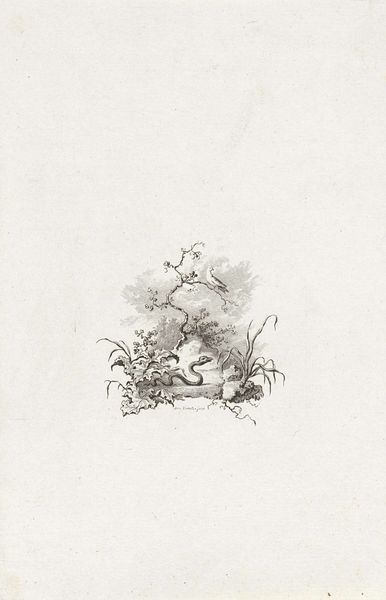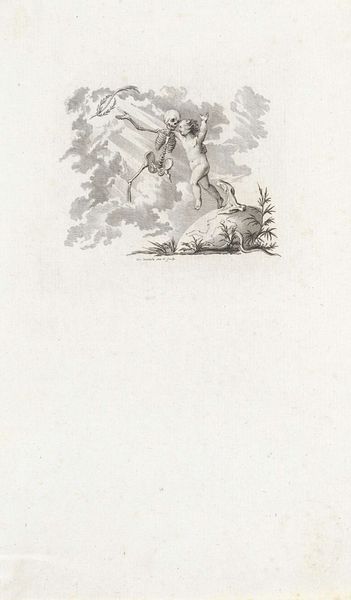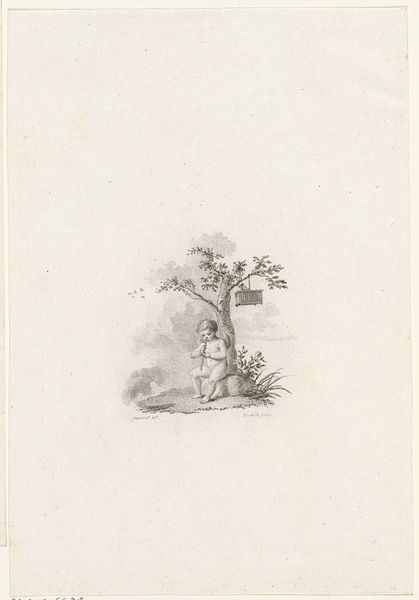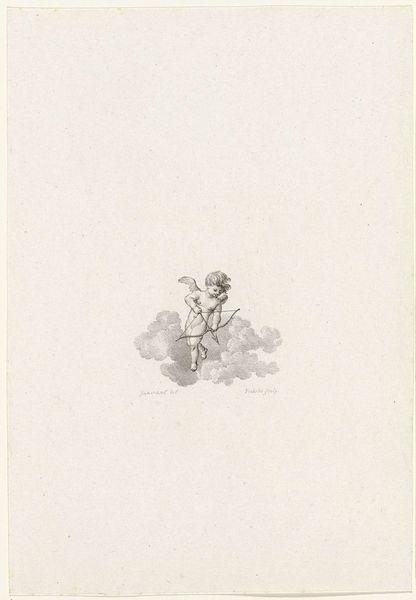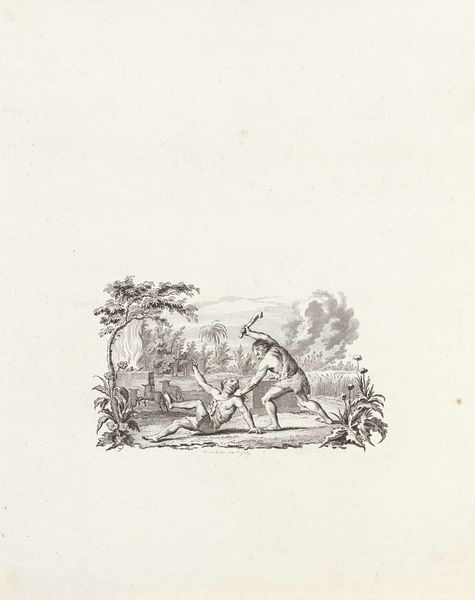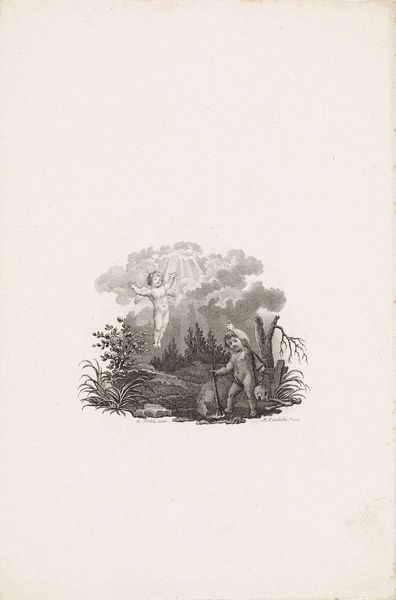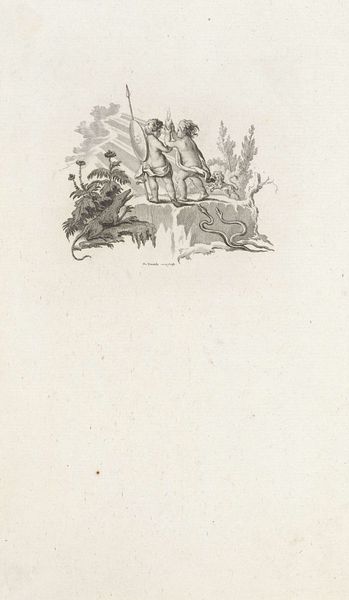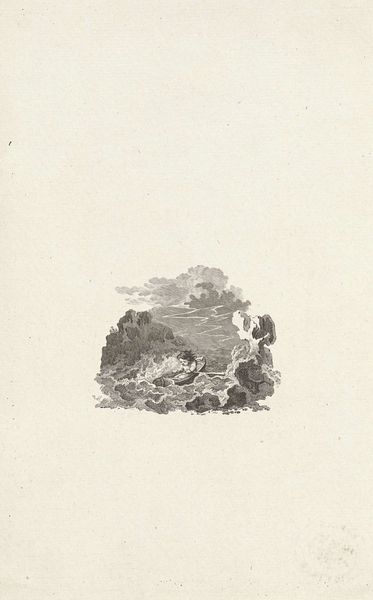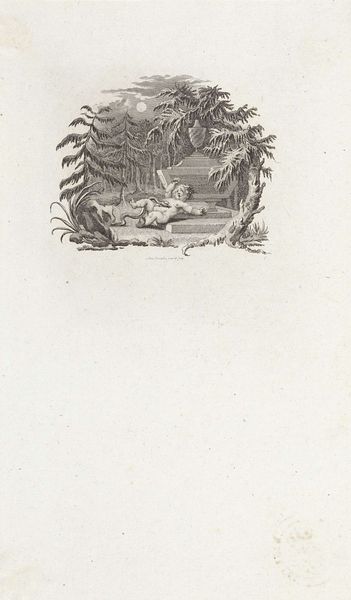
etching, engraving
#
neoclacissism
#
allegory
#
etching
#
figuration
#
line
#
history-painting
#
engraving
Dimensions: height 232 mm, width 153 mm
Copyright: Rijks Museum: Open Domain
This vignette with two female allegorical figures was made by Reinier Vinkeles, most likely in the late 18th or early 19th century. It is made using an engraving process, cutting lines into a metal plate and then using ink to transfer the image to paper. The lines themselves are the art here; they give the whole image tone and texture. Look closely, and you will see how the artist used different densities of lines to give an effect of light and shadow. It is a labor-intensive process, demanding both technical skill and artistry. Engravings like this were a crucial part of the print industry at the time, a precursor to photography. They allowed images to be reproduced and disseminated widely, playing a vital role in spreading ideas and information. While often overlooked in favor of painting or sculpture, engraving was a highly skilled craft with its own distinct aesthetic and social significance. So, next time you see an engraving, remember the time and skill that went into its making, and the important role it played in shaping our visual world.
Comments
No comments
Be the first to comment and join the conversation on the ultimate creative platform.

